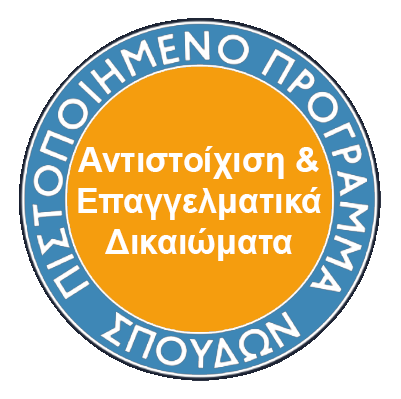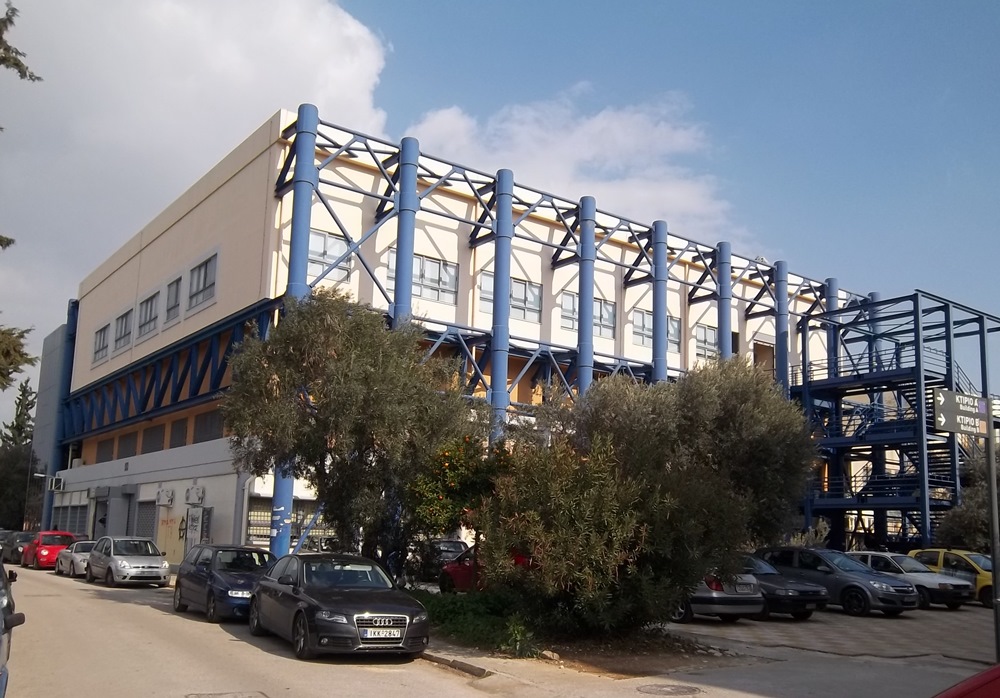"Measuring and monitoring systems for environmental pollutants using "Internet of Things" technology"
Urban pollution is an important and complex problem, part of which is air pollutants. The main sources of pollutants are non-industrial, vehicles, heating systems and other human activities. The need for stricter environmental quality controls has been widely recognized, as an increased number of diseases, particularly respiratory, are attributed to environmental pollution. According to the World Health Organization [1], air pollution was responsible for the premature death of 3.7 million people under the age of 60 in 2016. Europe's most problematic air pollutant in terms of human health is the particles [2] . Particles (PM) can have significant effects on human health, including asthma, lung cancer and cardiovascular problems. Particles with a diameter of up to 10 micrometers (PM10) can penetrate the bronchi, while particles with a diameter of up to 2.5 micrometers (PM2.5) can penetrate into the lungs and enter the circulatory system [3]. The International Agency for Research on Cancer (IARC) concluded in 2013 that the particles are carcinogenic to humans [4].
Although there is a general consensus that the atmospheric pollution affects human life and prosperity all over the world, we barely realize the role that each of us can have to mitigate this problem. Awareness requires primarily access to information, which must be widely available and easily understood, as required by the Aarhus Convention (which provides for the right of all to receive environmental information held by public authorities) and by the directives on air quality / 107 / EC and 2008/50 / EC). However, although this information is available, citizens are generally not easily accessible. The usual problems reported are [5]
- • Insufficient air quality monitoring networks in some areas, consisting of inadequate number of monitoring stations and / or monitoring stations inappropriate, old and unreliable [5];
• The difficulty of citizens interpreting data published long after the limit values violations have occurred in highly technical forms.
Even when people know the problem, they usually do not associate their own individual behavior with the results. However, air is a public good [6]. Particularly for atmospheric pollution is collective rather than individual action that is necessary to alleviate the problem, as the air we breathe is a common resource for all.
Electrochemical sensors have been used to monitor CO in many projects, including [7], [8], [9] and [10]. At [11] they developed a portable device CO, CO2 and O2 display.
According to [8] and [9], using electrochemical sensors and MOx sensors, they also monitored O3 and NOx in the above-mentioned projects. Another case is the development of a portable O3 sensor [12] based on tungsten oxide and a NO2 sensor. According to [13] they observed O3, in a study, with instruments installed in a train using metal oxide semiconductor sensors.
Low cost, [14] the evolution in embedded systems and low cost gas sensors allow a new category of air quality monitoring tools. The answer of the question "How good are low cost sensor data?" [15] is "it depends". It depends on the question you are trying to answer, what data do you plan to collect, how do you want to use the data, and what supportive measurements are available.
The research framework includes analysis of sensor wireless networks, design principles and measurement system specifications, as well as basic research directions and application assessment in real-world conditions. The Electronic Devices and Materials Lab - EDML has participated in similar projects [16], [17], implementing provisions, providing science and the know-how for the specific research field.
It will also analyze the topology and architecture that will support these networks.
The aim of the proposed research is to design and develop low-cost gas pollutant measurement systems using Internet of Thinks technologies.
The results of the research will be implemented in a real environment to enhance the limited gaseous pollutant gauge network in Attica, the quantity of measurement stations and the portability capability.
In conducting the PhD thesis, has done researched of the categories of microcontrollers but also and the peripheral units that will be used for the construction of an atmospheric pollution station.
Regarding microcontrollers, I observed that the STM32 Nucleo Fseries and Lseries, have excellent features and performances, have a high resolution on A/D converter (12-bitADC), eight serials (USART) hardware ports and this chipset supports over the air (OTA) protocol. The most important thing is that it has very low power consumption.
The research on peripheral devices, concerns wireless network interface, 3G or 4G (LTE) modem, GPS receiver. These provisions have been evaluated about the performance and power consumption.
Also, more important is the evaluation of the air pollution sensors, on the research field for low cost sensors, two manufacturing sensor companies have satisfactory characteristics, these companies are SpecSensors and Alphasense. These sensors were evaluated with the main characteristics the resolution of the measurement value and the low power consumption.
Αt the construction site, has been tests between microcontroller and peripheral units such as humidity temperature sensor and gps. At the same time it has been tests for data transmission with a specific structure on a server and stored in a database.





















